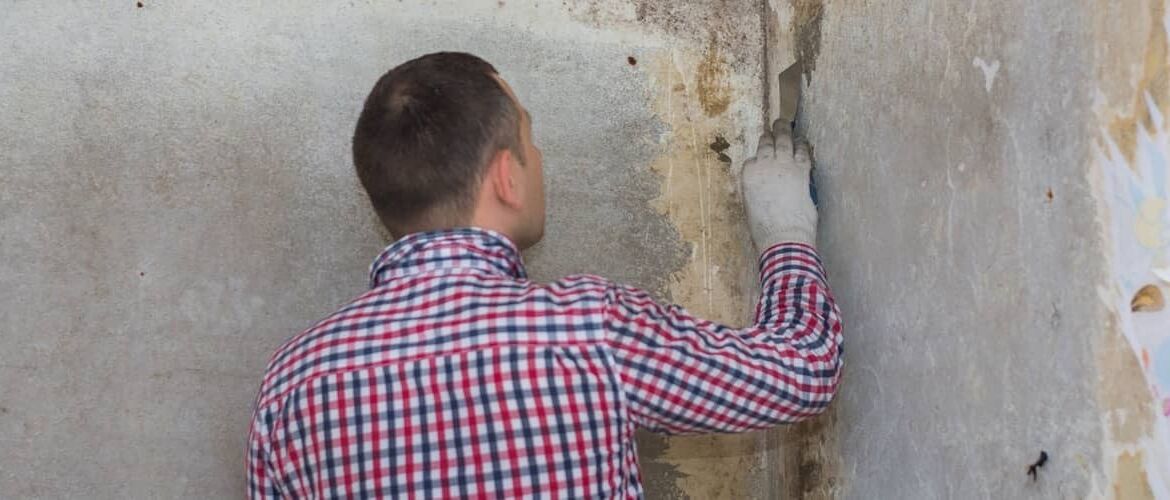
In 2020, the United States emitted 68 million tons of pollution into the atmosphere.
Exposure to this outdoor air pollution has an adverse effect on human health, but did you know that your indoor air quality might be even worse than what’s outside?
An indoor air quality test is the first step to improving the quality of the air you breathe inside your home. It functions as a mold inspection, a carbon monoxide test, and more.
If you’re concerned about the air inside your home, we’re going to tell you what air quality testing is, what it determines, and why it’s important for your health.
What is an Indoor Air Quality Test?
Pollutants in your indoor air can lead to all sorts of health problems. This includes everything from sore eyes, nose, and throat to allergies, respiratory illnesses, and even heart disease and cancer.
An indoor air quality test takes a sample of your indoor air to identify and measure the pollutants present in your home. They can also determine in what quantities these pollutants are present. Air quality testing, therefore, tells you how safe or dangerous your indoor air quality is so that you can take further steps to improve it.
What Does an Indoor Air Quality Test Show?
Most indoor air quality tests will test for three categories of pollutants.
The first category is biological pollutants. These include things like bacteria, dander, dust mites, and mold inspection and testing.
The second category of indoor air pollutants is volatile organic compounds (VOCs) and chemical pollutants. These are pollutants that come from many of your household products, such as cleaning supplies and air fresheners. When those products are used, the harsh and sometimes toxic chemicals they contain evaporate into the air.
The final category that an air quality test will test for is combustion pollutants. These are gases or particles that are released into the air as a result of burning or ignition. Typically, combustion pollutants build-up from fuel-burning appliances that aren’t venting correctly.
Most Common Indoor Air Contaminants
Some indoor air pollutants are more common than others. These are four of the most common indoor air contaminants that we find in homes.
- Carbon monoxide is a combustion pollutant. Carbon monoxide poisoning causes severe reactions up to and including death.
- Radon is a chemical pollutant that forms in soil and enters the home through cracks and other small openings. Radon can cause lung cancer.
- Lead is a chemical pollutant that’s most common in homes built before 1978. Lead can impact the growth and development of children if ingested and lead exposure can also cause complications in the brains, kidneys, and nervous systems of adults.
- Mold is a biological pollutant that tends to grow in dark and damp spaces. It can cause allergic reactions, respiratory issues, skin irritation, and headaches.
Other common indoor air quality pollutants that are severely bad for your health include asbestos, nitrogen dioxide, secondhand smoke, and formaldehyde.
Looking for Indoor Air Quality Testing and Mold Inspection?
A good indoor air quality testing company will include a mold inspection as part of its testing for biological pollutants. They should also be testing for VOCs and chemical pollutants like radon and lead, as well as combustion pollutants such as carbon monoxide. A comprehensive indoor air quality test that involves all of these will give you the best indication of how healthy your indoor air is.
If you’re concerned about indoor air quality, let us perform an air sampling for you. Contact us to book an appointment.

